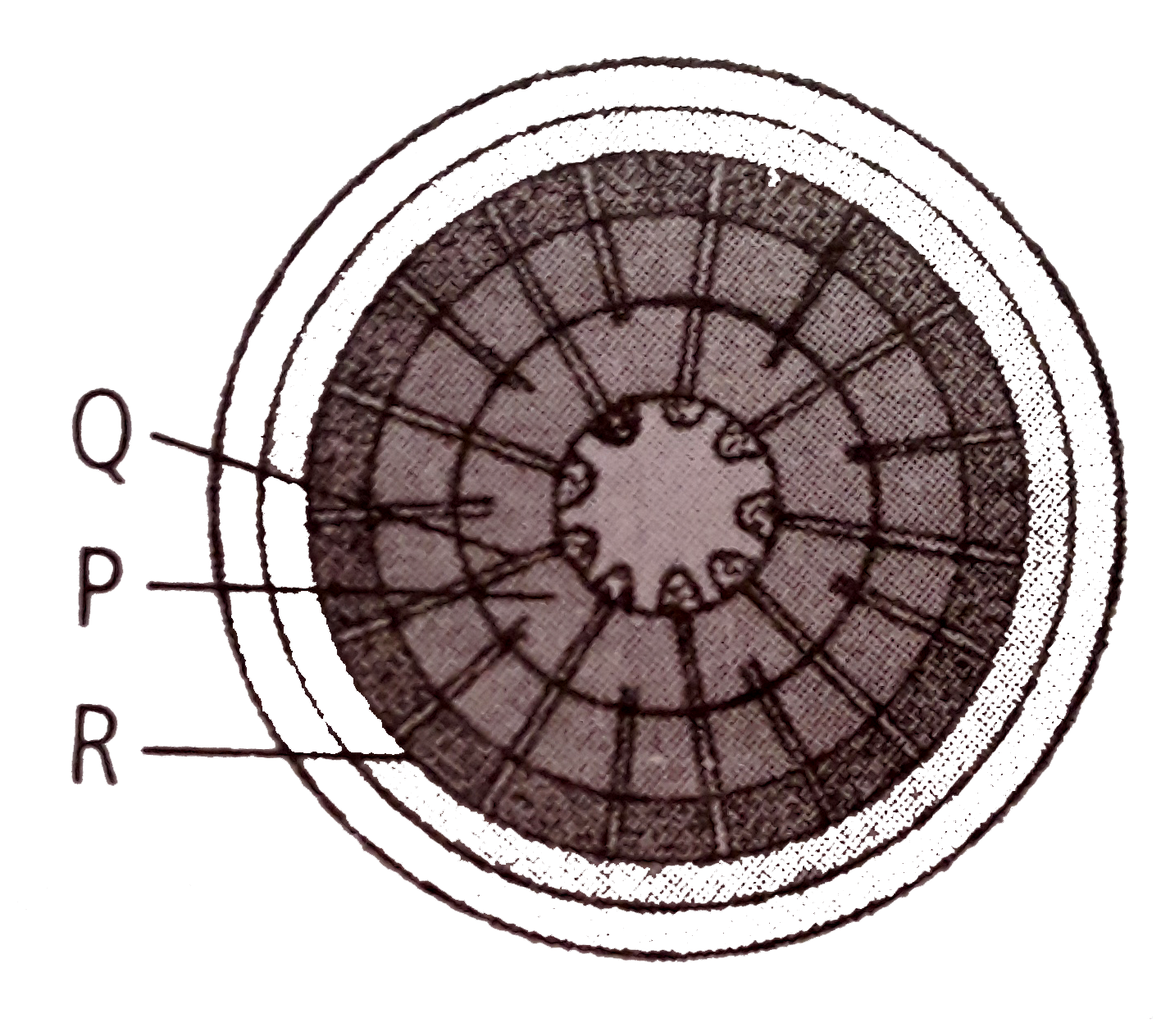The vascular cambium normally gives rise to
A
Phelloderm
B
Primary phloem
C
Secondary xylem
D
Periderm
Video Solution
Text Solution
The correct Answer is:C
During secondary growth, vascular cambium gives rise to secondary xylem and secondary phloem. Phelloderm is formed by cork cambium.
|
Topper's Solved these Questions
- NEETBOOK - NEET PREVIOUS YEAR (YEARWISE + CHAPTERWISE)CHAPTER - NEETEXERCISE - BIOLOGY
306 Videos
- NEETBOOK - NEET PREVIOUS YEAR (YEARWISE + CHAPTERWISE)CHAPTER - NEETEXERCISE - QUESTION
187 Videos
- NEETBOOK - NEET PREVIOUS YEAR (YEARWISE + CHAPTERWISE)CHAPTER - NEETEXERCISE - MCQ
184 Videos
- MORPHOLOGY OF FLOWERING PLANTSBOOK - NEET PREVIOUS YEAR (YEARWISE + CHAPTERWISE)CHAPTER - MORPHOLOGY OF FLOWERING PLANTSEXERCISE - Exercise
91 Videos
- NEET 2018BOOK - NEET PREVIOUS YEAR (YEARWISE + CHAPTERWISE)CHAPTER - NEET 2018EXERCISE - Exercise
90 Videos
Similar Questions
Knowledge Check
The vascular cambium normally gives rise to
APhellodermBPrimary phloemCSecondary xylemDPeridermVascular cambium forms :-
ASecondary xylem & secondary phloemBprimary xylem & Primary PhloemCOnly Secondary phloemDOnly Primary xylemThe vascular cambium in dicots is
ALateralBApicalCIntercalaryDSecondary
vascular cambium produces
View Solution
During the secondary growth in a dicotyledonous stem, the fusiform initials of vascular cambium give rise to which of the given labelled part?
View SolutionThe vascular cambium of dicot stem is
View SolutionVascular cambium are examples of
View SolutionRemoval of ring wood of tissue outside the vascular cambium from the tree trunk kills it because
View Solution
